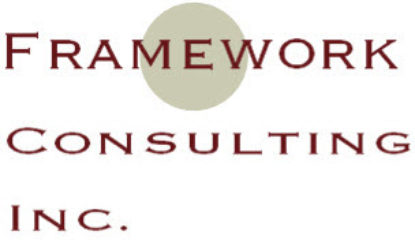How long is the ideal strategic planning retreat?
“Francis”, clients sometimes ask, “Why do you recommend a two-day strategy retreat?” Usually, they want to get the most from their workshop, but also don’t wish to waste a moment. After all, top executive time is quite expensive.
Assuming that your company has agreed to such a workshop, what’s the difference between one, two, or more days?
Decision-Making vs. Decision-Announcing
Sometimes, companies just want to announce decisions which have already been made…”Town Hall” style. In these settings, you intend to inform an audience at scale about something important. But you’re happy to answer a few questions and gain some initial support. Expectations are low. Participants don’t expect an open-ended dialogue on all aspects of the business.
We recommend that these short announcement-style meetings be held separately from “decision retreats”.
By contrast, the latter are designed to foster the most powerful, breakthrough conversations possible. The stakes are deliberately boosted so that extensive, game-changing resolutions can be made.
Jim Collins and Jerry Porras, authors of Built to Last, call them BHAGs – Big, Hairy Audacious Goals.
To facilitate these discussions, attendance needs to be limited to 18 people. In this way, your team can have all the necessary talks to come to consensus. Before leaving, you should ask for a clear show of support.
This is especially true for a strategic plan, hence the need for participants representing a wide range of disciplines. But there’s more.
Discomfort Thinking About the Future
In daily corporate life, only the CEO has the benefit of spending much of her time contemplating the future. After all, it’s her job. By contrast, other senior managers are more concerned about fixing everyday problems and meeting short-term targets.
Consequently, when she sits with her team at the retreat, she has a considerable head-start. Her thinking is far advanced. As such, in my role as a facilitator, I sometimes ask her to hold back, especially if she’s an extrovert. She has the knowledge and smarts to dominate the conversation from the first few minutes, but shouldn’t. Why?
Due to the nature of this unique gathering, it takes more time for her direct reports to shift gears from short-term to long. Also, they are more likely to be introverted, which means they need a chance to think quietly. Sometimes, they may be silent for the entire first day.
Unfortunately, in a single-day retreat, the event is over before they have even left the blocks. They literally drive home thinking about all the statements they wish they had made and questions they intended to ask.
The solution is to have a second day which can maximise the team’s overall commitment. Their emotional and social involvement in the process is the key to effective implementation.
Additionally, their most valuable insights are often not revealed until the second day. This impacts the quality of the strategic plan, which begs the inclusion of their ideas.
Only a multi-day retreat gives them at least one night to think. Here’s the best way to bring different thoughts together.
Start from a Blank Canvas – Together
Successful retreats with maximum buy-in all start the same way: they pull each attendees up to speed by crafting a common base of knowledge. This ensures that no-one has an “insider advantage.” Instead, subsequent ideas are based on a shared but informed “blank canvas”.
This is a far cry from meetings where the leader announces the end-result from the start. By so doing, he unwittingly reduces participants to foot-soldiers. Following his cue, they withhold their participation, wasting time and effort.
This doesn’t work, as they all need to play a part in crafting each decision, giving their all and their full attention. It’s the only way to tap into their functional knowledge and experience required by a sound strategic plan.
When these fundamentals are in place, there is no need for more than two days. Instead, you can plan for intense discussions from start to finish, which maintain momentum once it’s established.
Before the 2008 recession, clients used to expect three-day retreats as the norm, with relaxing and fun activities sprinkled throughout. That changed when budgets tightened.
But it was actually a benefit. Now, retreats are focused affairs intended to move the needle in the right direction in the shortest time possible. They require more than ever from all concerned, but the results are equally robust.
Finally, our study underway of 50 retreats producing 15-30-year strategic plans shows that two days are ideal. Given all the conflicting needs, it weaves the path and gives the company the greatest opportunity to have an effect in a single, concentrated effort.
Francis Wade is the author of Perfect Time-Based Productivity, a keynote speaker and a management consultant. To search his prior columns on productivity, strategy, engagement and business processes, send email to columns@fwconsulting.com.

